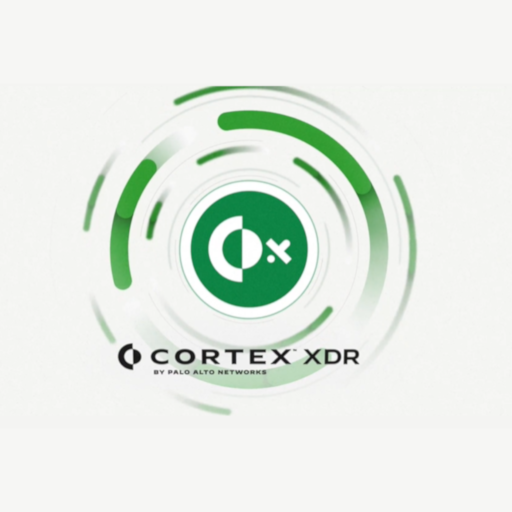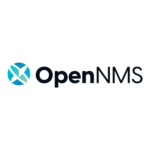Cortex XDR Collector — The Part That Keeps the Lights On (and Logs Flowing)
Most people don’t notice it running. And that’s the point. Cortex XDR Collector doesn’t raise alerts or draw charts. It just pulls in logs — system, security, proxy, firewall — and pushes them upstream so Cortex can actually do its job.
Without it, the backend goes blind. There’s no session trail, no user attribution, no story behind the event. Collector isn’t fancy. It’s a background process with one job: move data from the places it lives to the place where it gets analyzed.
And it does that job like it’s been doing it forever.
What It Knows How to Do
| Task | Why It Actually Matters |
| Take Logs from Endpoints | Event logs, syslogs — anything local that might matter later. |
| Watch Files and Folders | Picks up file-based logs too. No agent tricks — just reads and forwards. |
| Listen for Syslog Streams | Handles incoming UDP or TCP syslog like any regular collector should. |
| Pull from Directory Services | AD context turns machine logs into user-attributed events. |
| Collect from Firewalls and Proxies | Takes raw logs from PAN-OS, Squid, and anything else that speaks syslog. |
| Buffer When Offline | Stores locally if needed — no data loss if the uplink disappears. |
| Normalize on the Way In | Tags and shapes the data before it hits the backend — so alerts make sense. |
| Deploy Quietly | MSI or shell script install, no fancy menus. Works silently in the background. |
Where It Ends Up
This isn’t a product you plan around. It’s the thing you drop into place once the Cortex XDR deployment hits the “now where’s the data?” phase.
It shows up when:
– Endpoints aren’t enough, and logs need to come from switches, proxies, auth systems.
– SOC analysts want full fidelity — not pre-filtered, half-baked streams.
– There’s a gap between security policies and what’s actually happening on the wire.
– Infrastructure is split between old Linux boxes, cloud VMs, and firewalls that don’t talk to each other.
– Nobody’s sure where the alert came from — and the timeline has holes.
It doesn’t fix security. It gives security something real to work with.
How It’s Usually Set Up
- Installer Comes from Cortex Console
Available as a package or script — depends on where it’s going and who’s managing it.2. Dropped onto a Collector Host
Doesn’t need much. One internal server with reach to the right systems is enough.3. Configured by File, Not Wizard
Define what it watches, where it listens, and how often it checks. Config lives on disk, not in a UI.4. Forwards to Cortex XDR Cloud
Raw, enriched, filtered — depends on the rule set. Data goes out clean.5. Once It’s Working, Leave It Alone
Unless a system is added or the collector dies, it doesn’t need touching.
Final Word
Cortex XDR Collector is not the face of anything. No one demos it. No one markets it. But without it, there’s no visibility. No timeline. No ground truth. Just guesses.
It runs quietly on the inside, keeping logs flowing while the rest of the stack watches for trouble. And when that trouble comes, it’s usually the Collector that made sure someone saw it in time.






